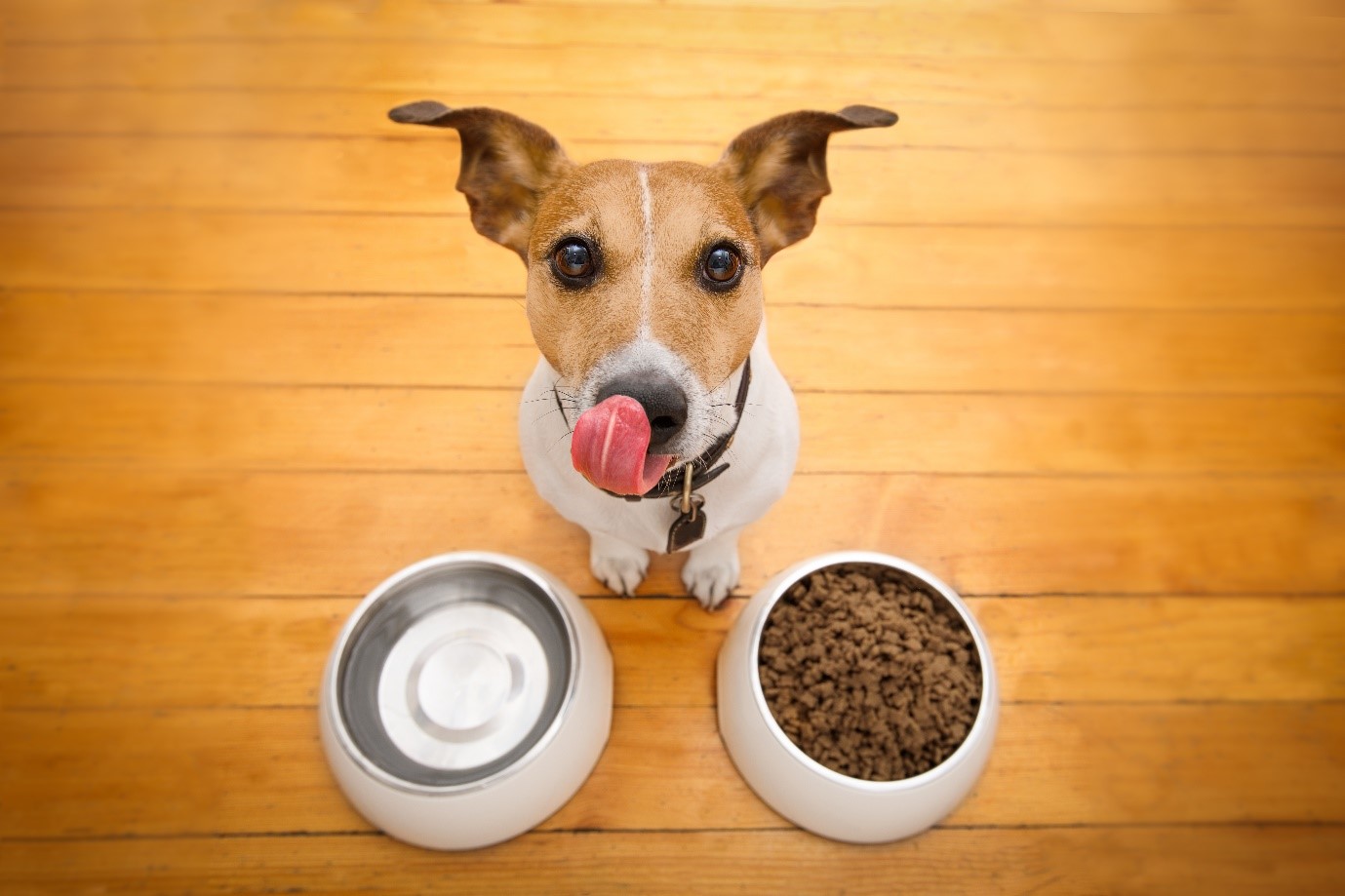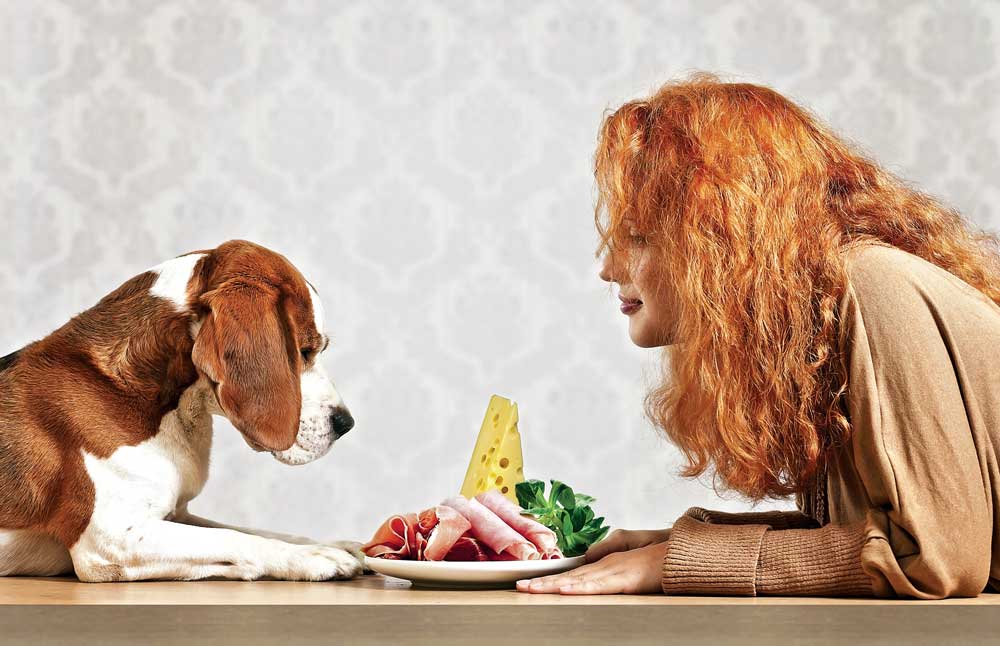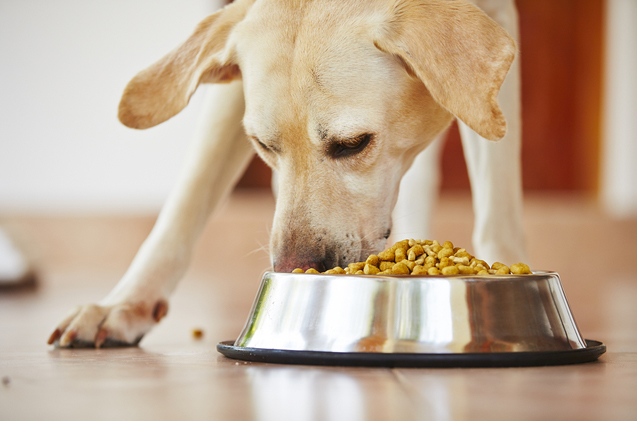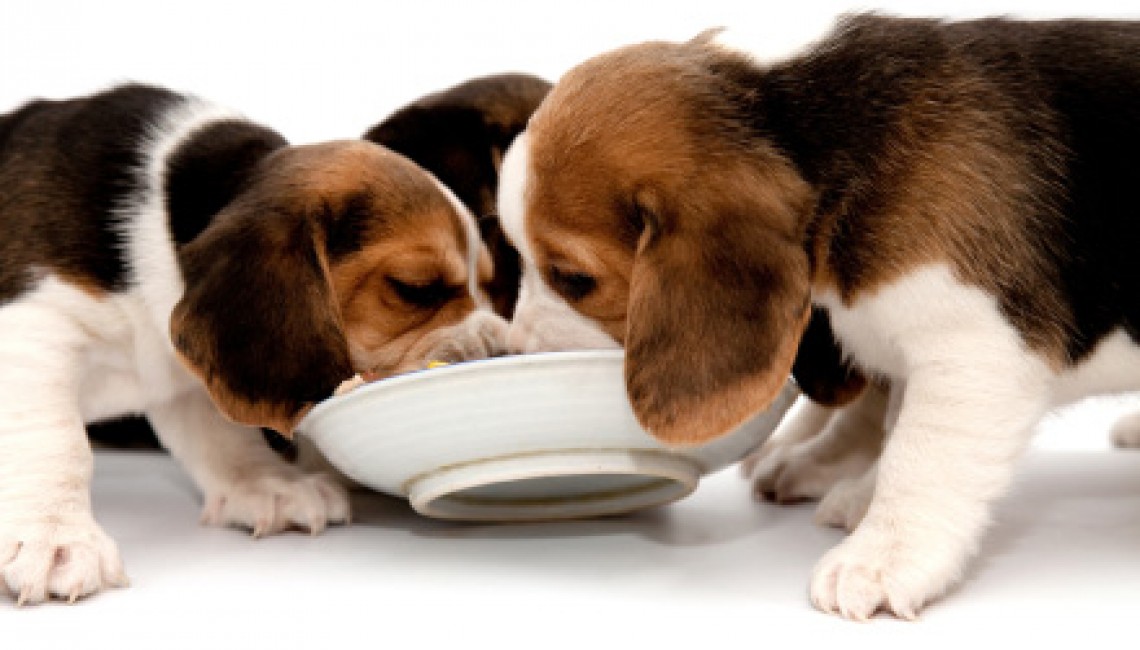Being a dog owner is wonderful, but taking care of your dog is no easy feat. Things as simple as choosing your dog’s food can be quite confusing.The options are countless and thus, one wrong decision on your part could harm your dog greatly.
On top of that, different people suggest different things, it makes the whole dog food matter overly complicated.Well if you’re new to the dog world, worry not. This article will debunk all your dog food myths and give you an accurate information on how to give your dog the healthy diet it needs.
Misconceptions That Need To Be Cleared
People tend to have a lot of misconceptions about dog food. So, I’ll do you all a favor and start off by answering some of the most common questions.
Do Dogs Only Eat Meat?
A common perception is that dogs are carnivores and they only eat meat. Well, you’re right about them being a carnivorous species, but they actually follow an omnivorous diet.
Not all carnivores are strict meat eaters! In fact, dogs actually have a teeth structure and an intestinal system that is evolved like an omnivore’s.So, no, dogs don’t only eat meat. In fact, “An only meat diet” would be strictly unhealthy for them. You know what’s more shocking? Your dog could actually survive pretty well on a properly balanced vegetarian diet!
But in ideal conditions, to get proper nutrition, a dog needs to have a well-balanced diet from both meat and plant sources. A well-balanced diet isn’t rocket science. It’s basically the amalgamation of the right proportions of protein, dietary fiber, fats, vitamins, and minerals.
Can Dogs Really Digest Carbohydrates?
Well, unlike humans, dogs get their main source of energy from proteins and fats. However, their digestive system does produce the necessary enzymes to assimilate the starches and sugars present in carbohydrates.
So yes, they can digest carbohydrates if required, but, it’s not their main energy source. It is true, however, that complex carbohydrates like grains are a little difficult to digest for them. So, it’s best to serve these types of food cooked.
But Don’t Dogs Only Eat Raw Food?
Nope, that is a myth. Dogs have evolved to eat whatever we feed them. Also, they do produce the necessary enzymes for digestion, so don’t worry. Dogs can definitely eat cooked food.
Moist/Canned or Dried Food?
There really is no difference. Canned food might be a better option for dogs that have more water requirements.The choice really depends on your dog’s lifestyle, your budget and whether your dog has any special dietary needs. For example, some dry kibble is actually suggested for dogs who need plaque removal.
So, What Do Dogs Really Need in Their Food?
Like I mentioned before, it’s essential your dog gets a well-balanced diet. Now there is a minimum amount of these required for your dog to carry out basic functions, as well as a maximum limit, after which these could be toxic.Good news is, the Association of American Control Feeds actually has a guideline based on these requirements for all commercial dog food producers to follow.
How Do I Choose My Dog’s Food?
Okay so I’ll be real with you – pricier pet food is always the better option. Premium pet food is much better in quality and has healthier sources of ingredients.
They may contain the same percentage of an element as a budget food, but the costlier version will probably be easier to digest. So, try and feed your dog the high-quality option, depending on your affordability. Just don’t go picking the cheapest alternative.
There’s also the issue of content listing. Usually, ingredients in pet food are actually listed according to their weight. Now, meat actually contains a lot of water which is lost during processing. But, this gives it a higher weight. So, it’s easy to understand that if your dog food says it has a high content of meat, it obviously doesn’t.
On top of this problem, not all of the nutrients are shown as the same percentage requirements. Some nutrients are stated as ‘minimum’ percentage while some are stated as ‘maximum’.The best way to choose your dog’s food would be to ask a vet. Still, I’ll also suggest some general rules you should follow:
- If you see that the listed ingredients in a package are things you’ve never heard of, do not buy it. Go for ingredients that you recognize and that are actually whole food ingredients.
- Dogs don’t usually need more than 350 calories per cup. This is because most of our pet dogs tend to be adults, spayed or neutered and usually stay indoors. So, they really don’t need that much energy. Therefore sticking to a low-calorie diet to prevent weight gain would be the best option.
How Much Food Should I Feed My Dog?
We know a low-calorie diet is ideal, but there is a way to calculate exactly how much your dog should be eating. This depends on what your dog’s lean weight is supposed to be. This total calorie includes meals as well as snacks and treats. Of course, it must be strictly followed.
A lot of other factors like whether your dog is spayed or neutered, or how much exercise it receives daily also contributes to this number. So, do make sure you ask your vet for more information.It is also important to remember that the number of nutrients your dog needs will vary according to what stage of life it is in. For example, a puppy’s diet will be very different from what you would give an adult dog.
What About Feeding Times?
As for how often to feed your dog, most pet dogs just need to be fed once or twice in a day. A lot of dog owners are also advised to make sure meals are equally divided throughout the day. Again, this schedule should be consulted with a vet. Keep in mind that your dog shouldn’t be super active right after a meal or it will have digestive problems and suffer from bloating. Also, always make sure your dog has water that is clean, to drink at all times.
Final Thoughts
Now that you have a general idea about your dog food, and all the myths have been debunked, I hope the dog food buying process will be a little easier for you.This guideline has all the necessary information you need, but it is extremely important that you ask your vet for information on your dog’s calorie requirements.
Remember, it varies from dog to dog!Also, make sure to give your dog high-quality food and read all the ingredients. If you make a well-informed decision when picking your dog’s food, you’ll definitely have a healthier and happier dog!
Author Bio
Shawn is a content writer at Feedfond. He’s as doting a parent to his two dogs as he is to his own two children. To read more of his articles, visit Feedfond.com.




